Pitching a Data Strategy? Here’s How to Ensure the C-Suite Says “Yes.”
Are you a CMO who thinks accurate attribution is a pipe dream? Or a customer experience director who has to hack together data to create something resembling a customer journey?
This article is for you. We’ll show you how to:
- Assess your company’s current approach to data.
- Map your data strategy against overall business goals.
- Build a data roadmap to deliver on the strategy.
Knowing what you’re up against
If I had a dollar every time I heard a business say they were “data driven,” I’d be rich.
While most companies are drowning in data, few have the strategy or cultural maturity to use it for accurate measurement, let alone to make decisions or drive business goals. And while two-thirds of executives think they need a data strategy, only a third are getting it done.
Despite these shortcomings, executives in your company might be wary of signing off on a data strategy. From where they’re standing, they’ve already spent a ton of money buying analytics and dashboarding tools, each of which promised to be the holy grail. So why do they need a data strategy?
Here’s the problem. They’ve spent money on tactical elements that serve only isolated parts of the business. You need to think beyond the data point you need right now and create a strategy that answers wider business goals.
It’s tempting to develop a strategy that works just for your department. But your customers don’t interact just with your department. Your sales team has data in their CRM. Customer service reps have data on customer conversations. You need all that data to make better decisions.
If, by contrast, you’re in a business where short-termism runs rampant, these scenarios should sound familiar:
- You have massive amounts of data, but different teams have access to different bits, copying and retaining the same data in their own ways.
- You can’t get an overview of a customer’s journey because the data you need exists in 10 different tools (that don’t speak to one another).
- People ask for specific data points to support the idea they’ve already had, rather than investigating the data first to inform a decision.
Those who cobble things together may get some early wins. But under the hood, things are getting messy, and data gaps will expose the fact that you haven’t thought strategically about your needs.
If you’re ready to move beyond those short-term tactics, here are the three steps to do it.
Step 1: Assess your company’s current approach to data.
We’ve created a set of 19 questions to kick off this process, which will help you evaluate the current data maturity within your business. We consider four critical areas for planning your data strategy:
- Strategy and culture;
- People and skills;
- Technology and tools;
- Methodology and process.
The scores gathered at this stage inform the roadmap in Step 3. You can also use these scores as a benchmark to reassess your business throughout the delivery of your strategy to quantify progress.
Step 2: Map your data strategy against overall business goals.
If your company has fuzzy goals like “become customer-centric,” you need to pin them down to something quantifiable.
My go-to approach for setting goals is OKRs (Objectives, Key Results) because they marry vague objectives to measurable results. OKRs also use a hierarchical structure, with company, team, and personal levels.
This goal-setting structure really helps when it comes to writing the data requirements in the next step.
Example OKRs:
- Company objective: Customers love our product.
- Key results: NPS score increases to 30 by the end of Q3. Customer lifetime value (LTV) increases by 15% by the end of the year.
- Product team objective: Build features our customer want.
- Key result: 65% of customers use new product features at least once a week by the end of Q3.
- Product manager objective: Evaluate new feature ideas.
- Key result: Test four new feature ideas and identify which ones customers use most.
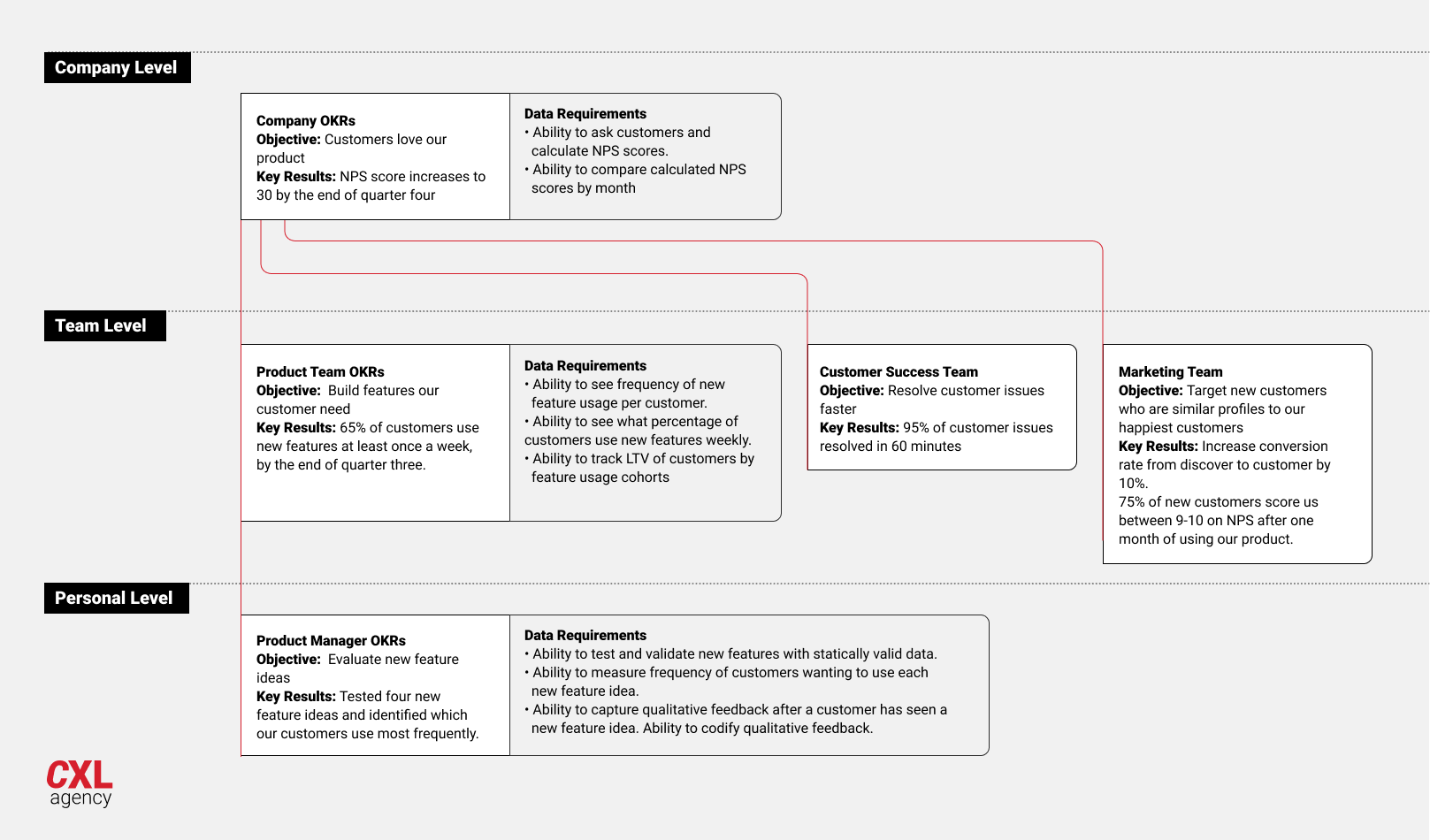
Creating a goal tree with data requirements
The goal tree is a document that shows the C-suite how data ties to the business value they want to achieve.
Map the cascading OKRs at a company, team, and personal level. You may choose to work down only to a team level if your company has more than 30 employees. (The goal tree becomes hard to manage after that point.)
To ensure you don’t miss any requirements, talk to individual team members and summarize their requirements at the team level.
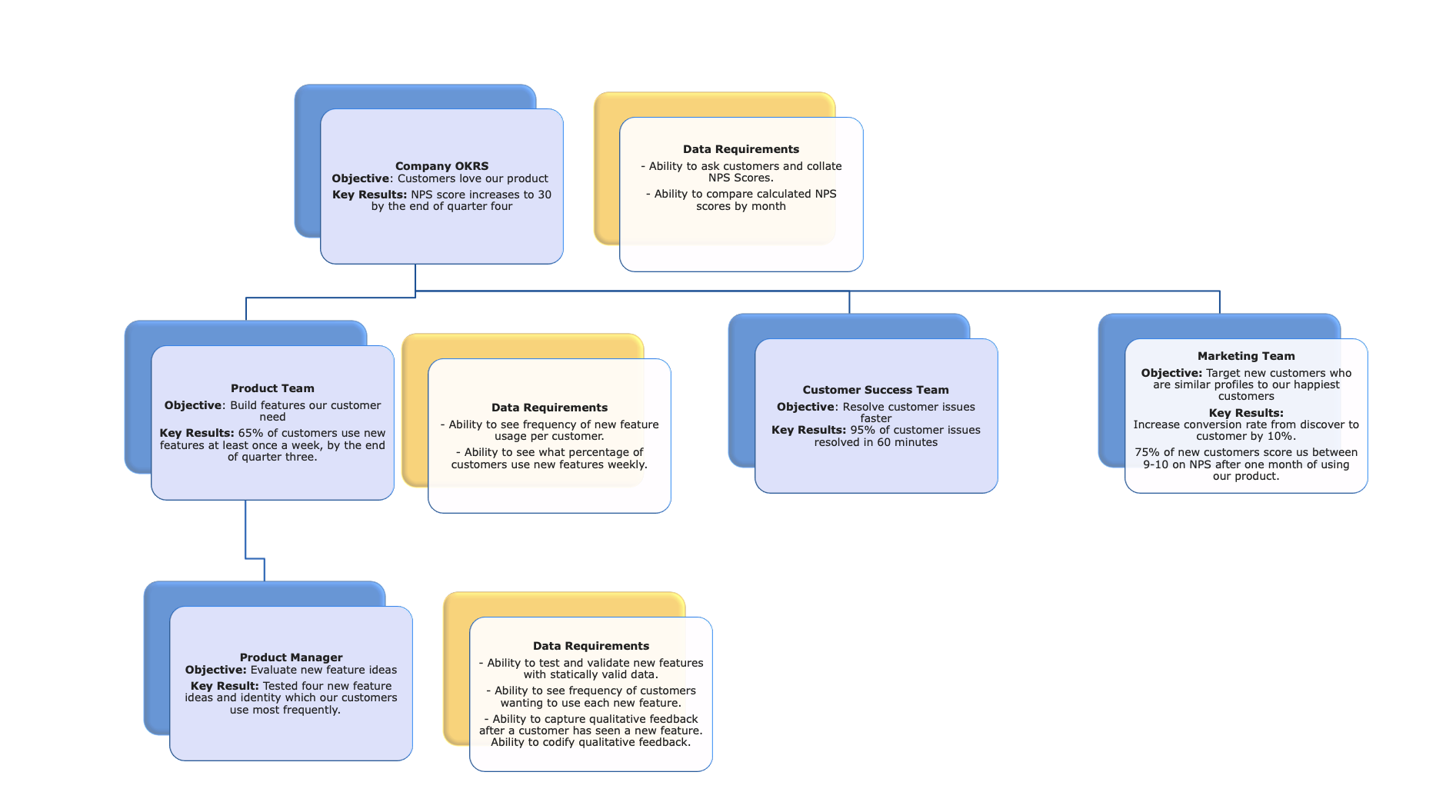
Adding the data requirements
Work through each objective and key result with the relevant team:
- What data do they need to achieve and measure what’s written?
- Which KPIs will measure their performance?
Avoid writing a technical solution at this point (e.g., “we need an API to join website data with Intercom into a dashboard”) and instead state the need (e.g. “we need to see customer website behavior data alongside Intercom data”).
The how should be led by your tech team.
Questions to consider when writing requirements
1. What data do you need to inspire ideas and hypotheses? Say your objective is to increase sales revenue from your existing customer base, and your key result is to generate an additional $ 500k from these customers by the end of Q2.
One of your requirements might be the ability to see the behavior of returning customers throughout the customer journey. From this data, you might identify that customers abandon their carts at a high rate, despite buying previously.
This data has helped identify a problem. To inspire a hypothesis, you may need the capacity to record and codify qualitative customer exit poll responses (i.e. your requirements). This data might show that customers abandon their carts because they’re looking for promo codes and then get distracted.
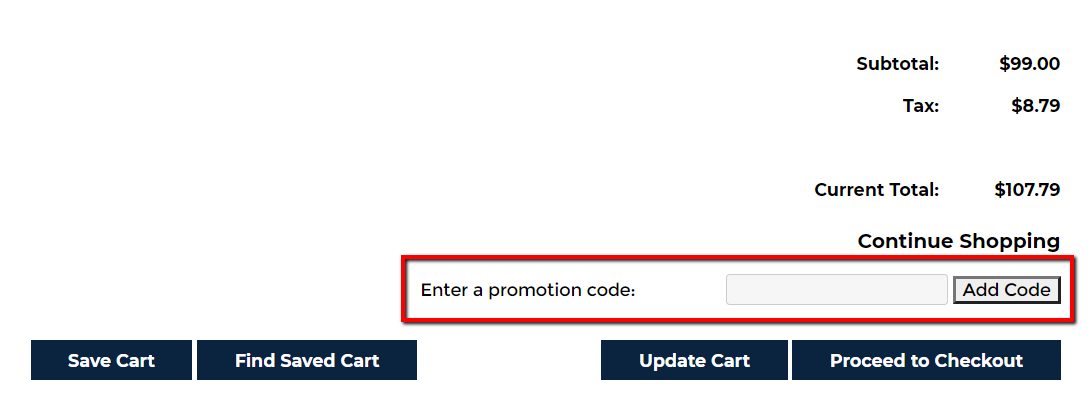
Your hypothesis might be that if you remove the promo code field at the checkout, cart abandonment will go down, and revenue from existing customers will increase.
2. What data do you need to validate ideas? Which tactics might the team use to achieve their objectives? Continuing with our example, you might need the ability to test your hypothesis by showing half of existing customers the current experience, and half a test version (without the promo code).
Or, maybe you’ll try a cart abandonment–triggered email that requires measuring open rates, click-through rates, and conversions.
3. What data do you need to report on key results? In this example, you’ll need statistically significant results to understand if you can rely on test data to make a decision. You also need metrics on cart abandonment and purchase rates of those who saw your test idea and those who didn’t.
Plus, you’ll want to measure the amount of additional revenue generated from the test.
Data-informed business decisions in practice
We recently worked with an ecommerce business that realized their subscription customers were worth more than one-off buyers. But they couldn’t be sure because they couldn’t track LTV and average order value consistently.
Even if they did have that data, they couldn’t act on it—they were unable to segment customers by LTV. The ability to segment would mean they could test and target valuable customers and provide marketing messages relevant to their stage in the journey.
This led to us remodel their entire tracking. We started with offline attribution for recurring orders. Now, we’re wrapping up a data lake that stores data across all customer touchpoints on most channels, from acquisition to re-engagement.
This has not only helped inform hypotheses for experimentation—and considerably increased their conversion rates—but it’s also guiding wider business decisions, such as focusing on a subscription model vs. one-off sales, their product offering, and their sales approach and messaging.
Step 3: Build a data roadmap to deliver on the strategy.
To build your roadmap, you’ll need to work with your tech team to understand what and how things need to be done to deliver the requirements you’ve set out.
Ideally, you want to deliver these data solutions in sprints. This allows the business to:
- Start seeing the value of a holistic data strategy early on;
- Iron out any problems in your plans or working methods.
The roadmap should contain fairly detailed elements such as “implement a data warehouse” in the near term (e.g., a three-month window), with activities getting broader/fuzzier the further out in time they go.
As your team delivers elements of the roadmap, you can assess the success of what’s been delivered and add more detail on a rolling basis to the next three months of planned activity.
Define your starting point
Use the answers from the maturity audit in Step 1. Working alongside your tech team, catalog what your current technical capabilities, tool stack, skills, and culture can achieve from your list of requirements in the goal tree.
Work out what goes where in the roadmap
Now that you understand your starting point, you’ll need to prioritize the rest of the requirements. Here are six factors to rate by importance:
- Data security and governance activities should occur throughout the roadmap. Specific activities to comply with security or governance should be the highest priority.
- Front-load activities that are easiest to implement and tied to the biggest wins. Consider any costs involved weighted against the business value associated with the requirements. Review and mine your existing analytics setup—often, there’s unused but needed, valuable data. Early wins can help gain support for your work and get the team familiar with new practices (e.g., agile).
- Dependencies. Understand what has to happen first for something else to happen later (e.g., check the reliability of the data before you start personalization).
- Factor in staff availability and consider other internal projects that might conflict with your roadmap.
- Consider the budget process at your company. Do you have to wait until next April when budgets get renewed?
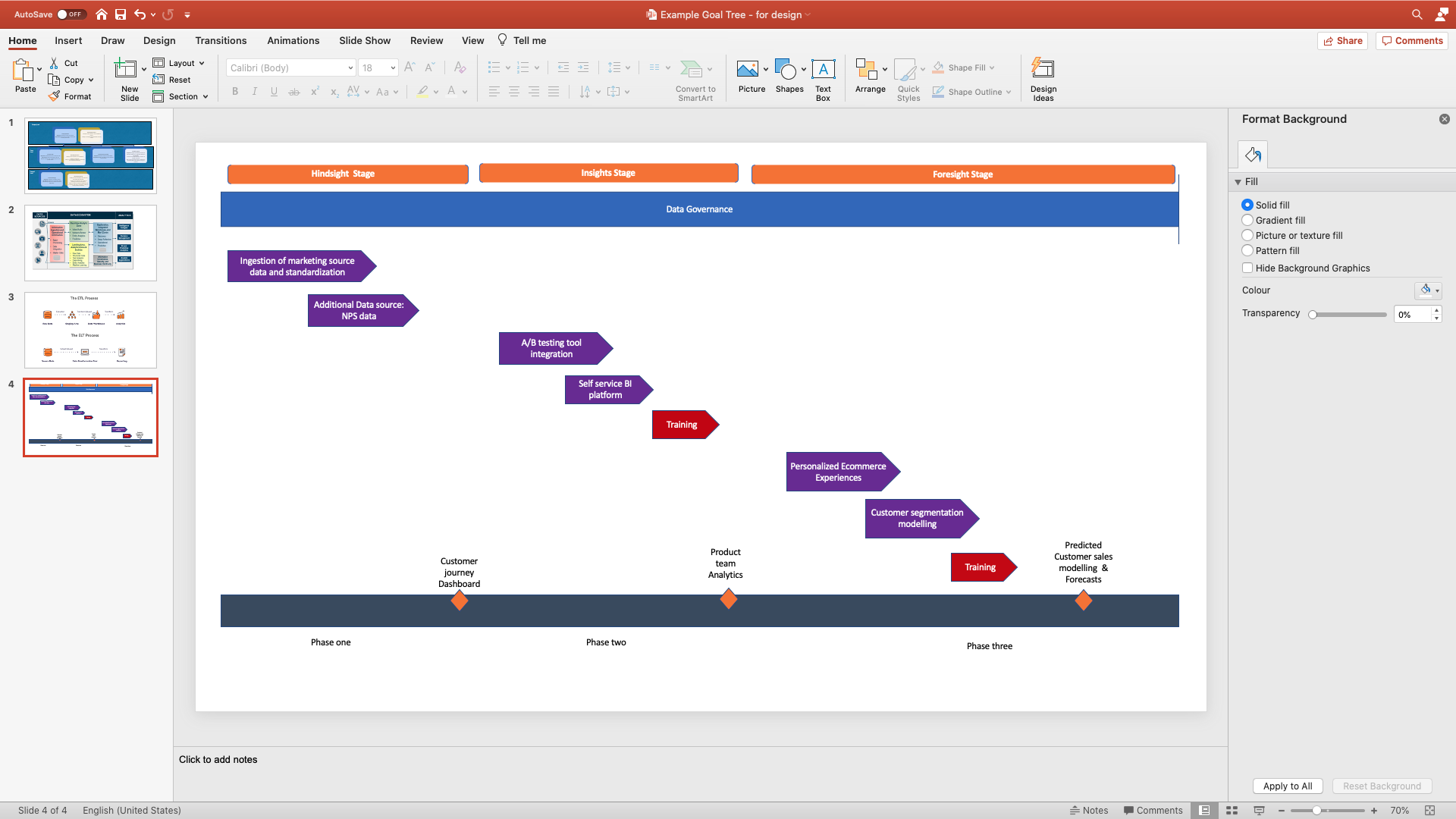
A strategy is more than just a plan
Gartner has a model to help illustrate how activities in your roadmap move your business toward data maturity:
- Hindsight: What happened?
- Insight: Why did it happen?
- Foresight: How can we make it happen?
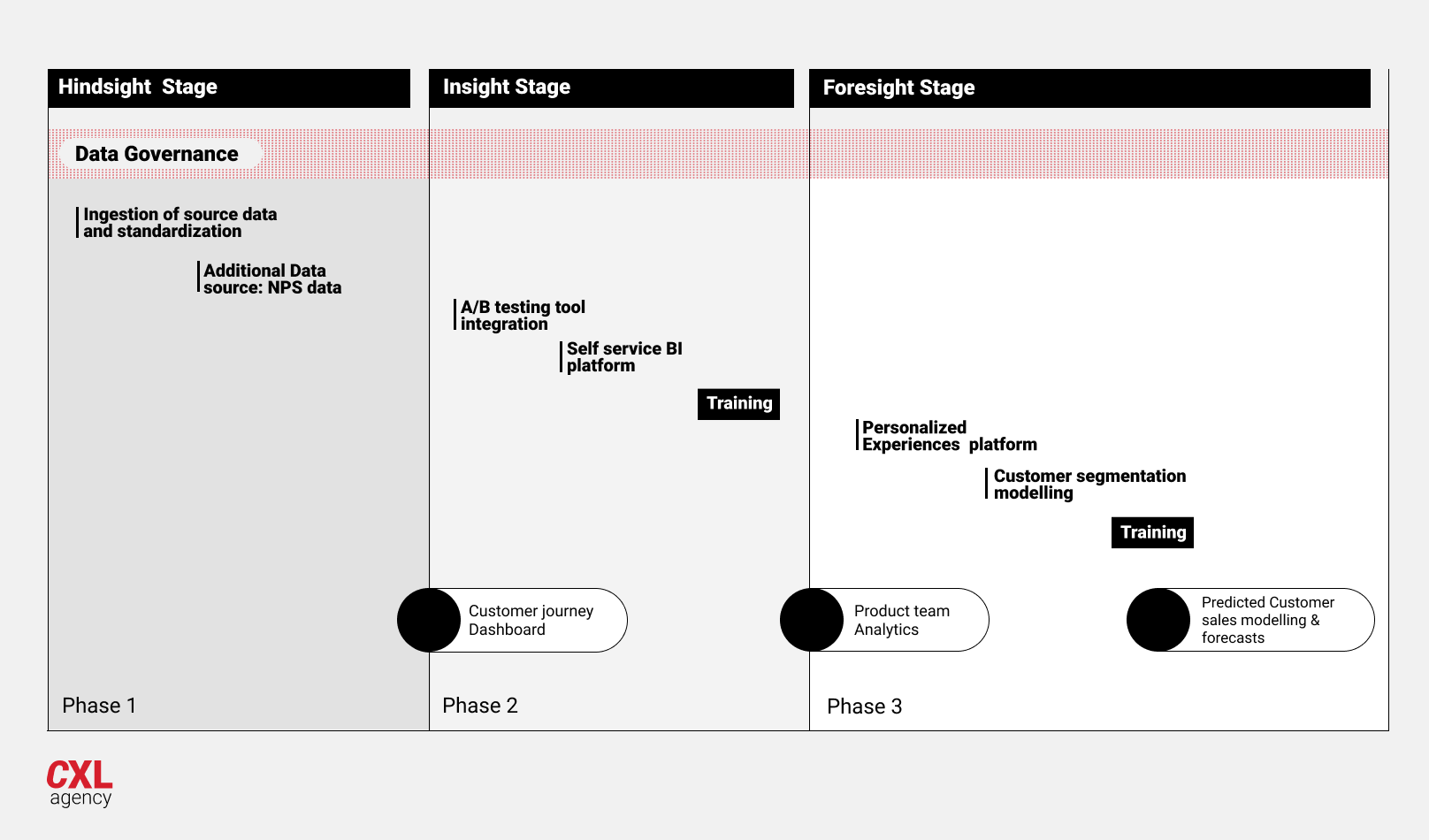
Access to the right data helps businesses move through these levels, but so too does cultural change and education.
Get your CEO and managers to ask teams to present data-based insights rather than gut feelings to reinforce the correct use of data. Help others learn from your own work by modeling how to make decisions using data. You could even share insights on your business and customers in weekly company newsletters.
The goal tree also helps in this area—teams rely on data to inform and measure their key objectives. These may be part of their performance review; if not, consider suggesting this to your HR team to incentivize the desired behaviors around data usage.
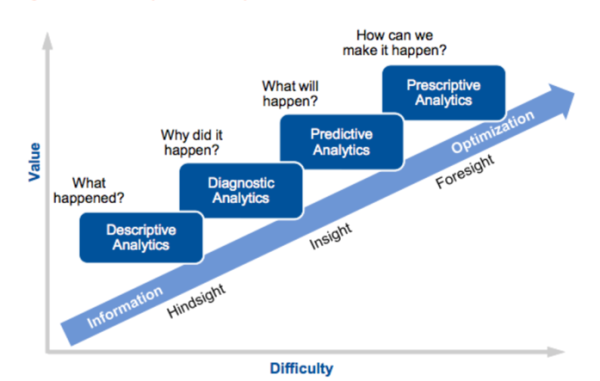
People and skills
Educating individuals on how to use data to make decisions is crucial for a strategy to do more than just tick the “data” box. Airbnb created an internal “data university” with a curriculum tailored to their tool stack and business cases.
As a result, they saw weekly active users of internal data science tools rise from 30% to 45%, and 500 employees had taken at least one class. You don’t need to go to this extreme, but you do need to add training and key hires into your roadmap to ensure people know how to use data.
Process and methodology
Plans are great, but requirements will change. Someone will need to track additional metrics. A new social media network will get popular, and suddenly you have a new source of data to factor in.
Within the strategy you’ve created, set out internal processes for handling new requests and questions going forward. For example, when a team shops for a new tool, create a checklist of things the tech team needs, such as an open API or other way to support automated data export/import.
Conclusion
The above steps, exercises, and questions will help you develop a data strategy that’s clearly linked to wider business goals and avoids the all-too-common, sporadic approach of most businesses.
To increase your leverage within the C-suite, involve multiple teams from across your business—more departments will see and advocate for your proposal.
Business & Finance Articles on Business 2 Community
(9)

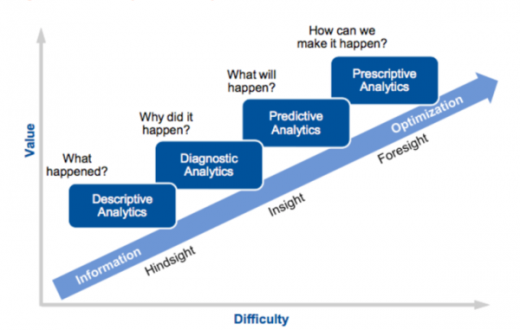
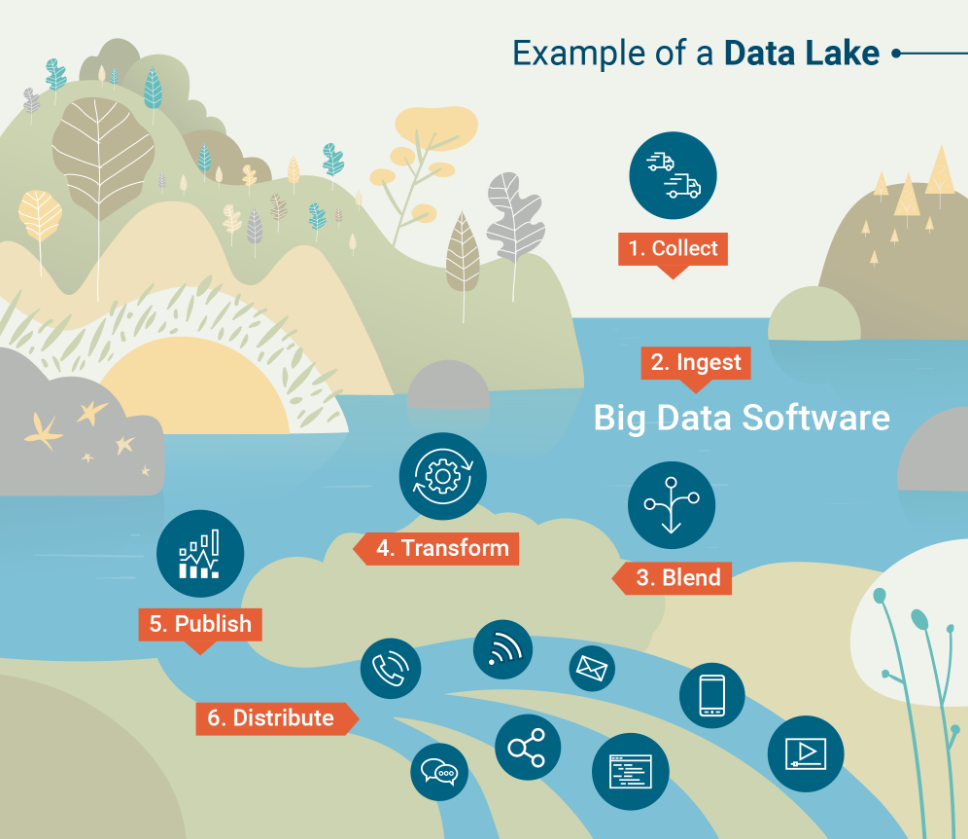 (
(